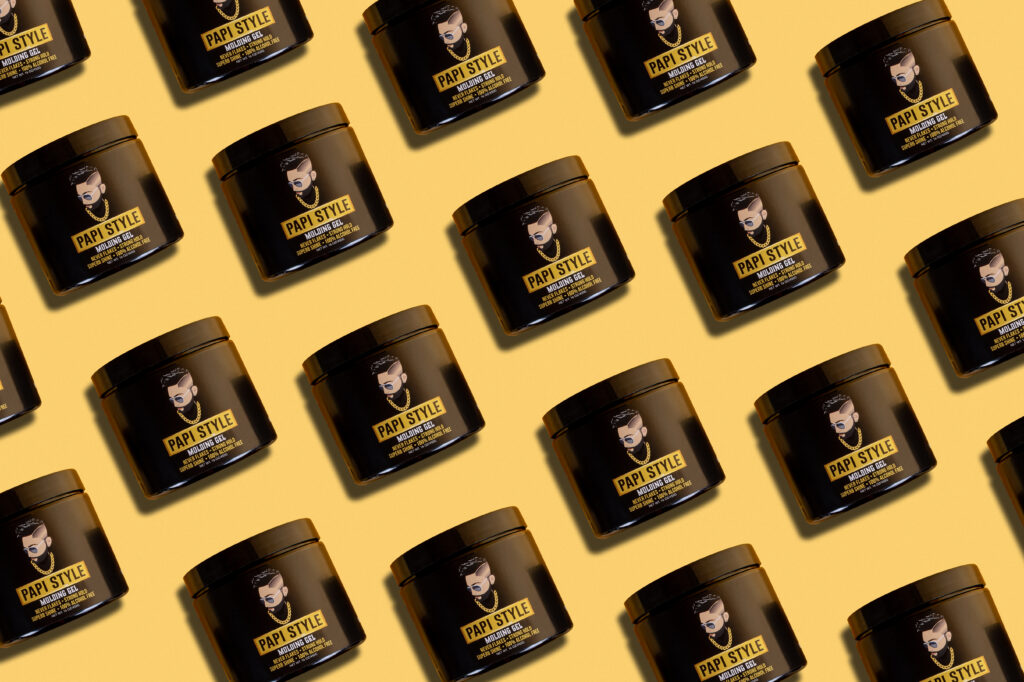This post contains affiliate links, so we may earn a commission from any purchases you make, at no cost to you.
As a graphic designer, the creative process is a journey of exploration, ideation, and transformation. In this blog post, I want to share with you the tools I use to bring designs to life, highlighting the significance of each step in the process. From the freedom of brainstorming on pen and paper to the capabilities of Adobe Illustrator, each tool plays a unique role in crafting visually captivating designs.
The creative process often starts with a blank canvas and a simple pen.
This stage is where ideas flow freely, without the constraints of pixels or vectors. Sketching allows me to capture the essence of a concept, experiment with shapes, and envision layouts. It’s about translating thoughts into tangible visuals that serve as the foundation for the final design.
The beauty of pen and paper lies in its tactile nature. The act of physically drawing facilitates a deeper connection with the design process. It’s here that I embrace imperfections and embrace the rawness of initial concepts. It’s not about perfection at this stage; it’s about capturing the energy and spirit of the idea.
Once the initial concepts are sketched out, the journey transitions into collaboration. Sharing these sketches with the client opens the door for their valuable input. Collaboration enriches the design process, bringing diverse perspectives and insights to the table. It’s during this phase that revisions and refinements take shape.
Client feedback guides the evolution of the design, ensuring it aligns with their vision and objectives. The iterative nature of design is fueled by these conversations, leading to a concept that resonates with the client’s goals.

From the fluidity of pen and paper, we transition to the digital realm powered by Adobe Illustrator. Illustrator is a robust design tool that empowers designers to transform ideas into polished, professional visuals. Here’s where the creative process gains precision, flexibility, and scalability.
Key capabilities of Adobe Illustrator include:
Vector Graphics: Illustrator’s vector-based approach allows designs to be infinitely scalable without losing quality. This is crucial for ensuring consistency across various mediums, from business cards to billboards.
Precise Control: The precision of Illustrator’s tools enables fine-tuning of design elements, ensuring that every pixel is in its rightful place.
Versatility: From logos to illustrations, web designs to print materials, Illustrator covers a wide spectrum of design needs, making it an essential tool in a designer’s arsenal.
The design journey is a harmonious interplay between creative freedom and digital precision. Starting with pen and paper liberates ideas, enabling exploration without restraint. Collaboration with clients and the subsequent revisions refine the concept. Finally, Adobe Illustrator steps in as the ultimate tool to bring ideas to life with precision and versatility.
Remember, design is more than just pixels; it’s about storytelling, emotion, and impact. Embrace the tools that allow you to channel your creativity, and let your designs speak volumes.
So, the next time you witness a captivating logo or a beautifully laid-out website, remember that it all began with a stroke of a pen and the imagination of a designer.
Thanks for reading this blog! Click the following links if you want to contact me or see more of what I do as a designer.





